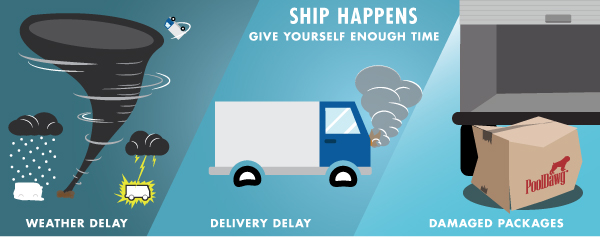

Judge the quality of an argument, including the acceptability of its reasons, assumptions, and evidence.ĭevelop and defend a position on an issue. Identify conclusions, reasons, and assumptions. When using technology, being able to think critically allows one to:


A simple way to define critical thinking is the ability to make good decisions and to clearly explain the foundation for those decisions. In order to implement technology use with a learning focus, teachers need to understand critical thinking before attempting to support it with technology.Ĭritical thinking skills refer to abilities to be open-minded, mindful, and analytical, and to evaluate, question, reason, hypothesize, interpret, explain, and draw conclusions (Ennis, 2012). OVERVIEW OF CRITICAL THINKING AND TECHNOLOGY IN K–12 CLASSROOMS That sentiment is even more applicable in the age of the Internet and world unrest as humans prepare for an unknown future. And, those without the ability to make rational choices should not be allowed to run free, for being irresponsible, they could easily be a danger to themselves and to the rest of us” (p. A person who cannot think critically, cannot make rational choices. Almost 30 years ago, Facione (1990) argued that critical thinking is also necessary for societies to hang together, stating, “Being a free, responsible person means being able to make rational, unconstrained choices. There are a great number and variety of standards that students are expected to meet using critical thinking skills such as analyzing, evaluating, and assessing this is because critical thinking is essential for students to lead productive lives. Critical thinking is fundamental to learner achievement in all subject areas.


 0 kommentar(er)
0 kommentar(er)
